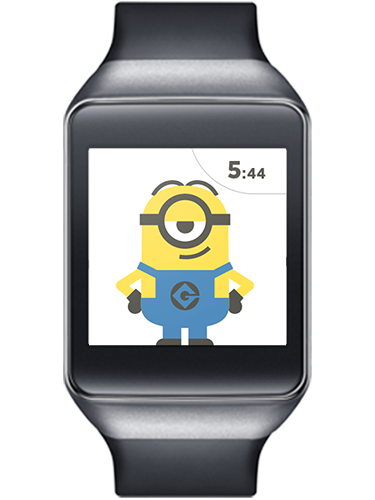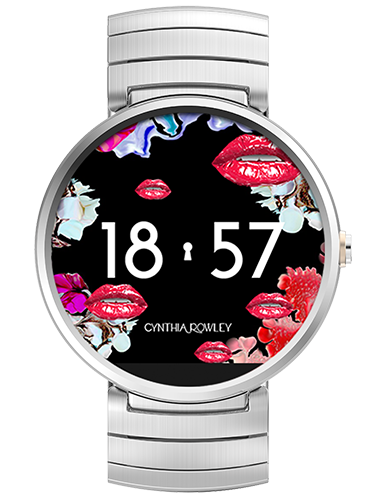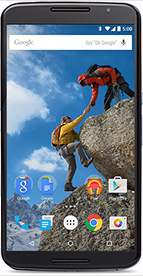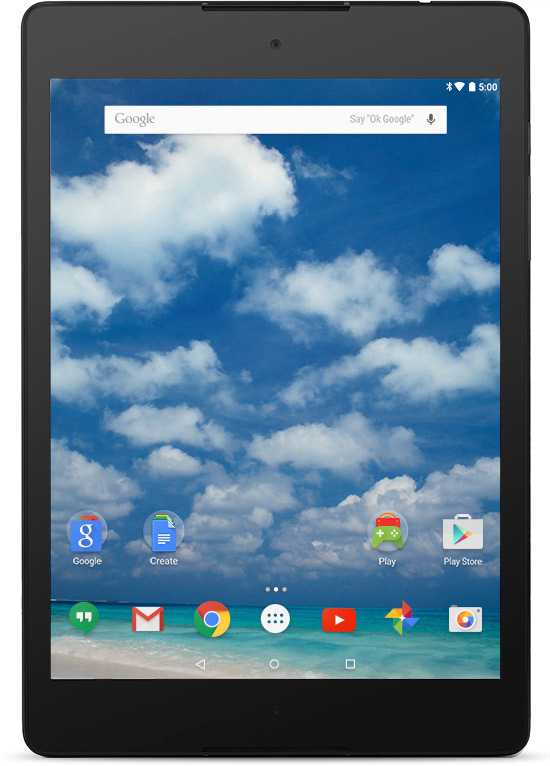




What is Android:
Android is a mobile operating system (OS) based on the Linux kernel
and currently developed by Google.
It's user interface is based on direct
manipulation and it is designed primarily for touchscreen
mobile devices such as smartphones and tablet computers, with specialized user interfaces for televisions (Android TV),
cars (Android Auto), and wrist watches (Android Wear).
The touch inputs are - swiping, tapping, pinching, and reverse pinching to manipulate on-screen
objects, and a virtual keyboard. Android although designed for touchscreen, has also been used in game consoles, digital cameras,
regular PCs, and other electronics. As of 2015, Android has the largest
installed base of all operating systems.
The history of Android mobile operating system began with the release of the Android beta
in November 2007. The first commercial version, Android 1.0, was released in
September 2008. Android is under ongoing development by Google
and the Open Handset Alliance (OHA), and has seen a number of updates to its base operating system since its initial release.
An April–May 2013
survey of mobile application developers found that 71% of them create
applications for Android; another 2015 survey found that 40% of full-time professional
developers see Android as the "priority" target platform, which is
more than iOS
(37%) or other platforms. As of July 2013, the Google Play
store has had over one million Android applications ("apps")
published, and over 50 billion applications downloaded.
Since April 2009, Android versions have been developed under a confectionery-themed
code name
and released in alphabetical order, beginning with Android 1.5
"Cupcake"; the earlier versions 1.0 and 1.1 were not released under
specific code names. Android's most recent major update
is Android 5.0 "Lollipop", which was released on November 3,
2014.
- Cupcake (version 1.5)
- Donut (version 1.6)
- Eclair (versions 2.0–2.1)
- Froyo (versions 2.2–2.2.3)
- Gingerbread (versions 2.3–2.3.7)
- Honeycomb (versions 3.0–3.2.6)
- Ice Cream Sandwich (versions 4.0–4.0.4)
- Jelly Bean (versions 4.1–4.3.1)
- KitKat (versions 4.4–4.4.4)
- Lollipop (versions 5.0–5.1.1)
In June 2015, Android devices that
accessed Internet accounted for 59.1% of the worldwide smartphone and tablet
market, 68.3% of the Chinese market, and 40.78% of the US market.
Android's source code
is released by Google under open source
licenses, although most Android devices ultimately ship with a combination of
open source and proprietary software. Some of these proprietary software are developed
and licensed by Google. Android mobile operating system was initially developed by Android Inc., which Google
bought in 2005. In 2007 Android was unveiled, along with the founding of the Open Handset Alliance – a consortium of hardware,
software, and telecommunication companies devoted to advancing open standards
for mobile devices.
Due to Android's open nature, it has encouraged a large community of developers and enthusiasts to use the open-source code as a foundation for community-driven projects, which add new features for advanced users or bring Android to devices which were officially, released running other operating systems.
The operating system's success has made it popular among technology companies and a target for patent litigation between technology companies.
History:
Android Inc. was founded in Palo Alto, California in October 2003 by Andy Rubin (co-founder of Danger), Rich Miner (co-founder of Wildfire Communications, Inc.), Nick Sears (once VP at T-Mobile), and Chris White (headed design and interface development at WebTV) to develop smarter mobile devices that are more aware of its owner's location and preferences. The early intentions of the company were to develop an advanced operating system for digital cameras. When the company realized that the market for mobile devices was not large enough, it diverted its efforts toward producing a smartphone operating system that would rival Symbian and Microsoft Windows Mobile. Android Inc. operated secretly, revealing only that it was working on software for mobile phones. Steve Perlman, a close friend of Rubin, brought him $10,000 in cash in an envelope because had Rubin ran out of money but he refused a stake in the company.
Google acquired Android Inc. in July 2005, for at least $50 million, but it's key employees including Rubin, Miner and White, stayed at the company after the acquisition. Many assumed that Google was planning to enter the mobile phone market with this move. The team at Google, led by Rubin developed a mobile device platform powered by the Linux kernel. The platform was marketed by Google to handset makers and carriers on the promise of providing a flexible, upgradable system.
An earlier prototype codenamed "Sooner"
had a closer resemblance to a BlackBerry phone, with no touchscreen, and
a physical, QWERTY keyboard, but was later
re-engineered to support a touchscreen, to compete with other announced devices
such as the 2006 LG Prada and 2007 Apple iPhone. In September 2007, Information-Week reported that Google had
filed several patent applications in the area of mobile telephony.

Google launched its Nexus
series of devices – a line of smartphones and tablets running the Android
operating system, and built by manufacturing partners in 2010. HTC collaborated with
Google to release the first Nexus smartphone, the Nexus One. The series has since been updated by Google with newer devices, such as the Nexus 5
phone (made by LG) and
the Nexus 7 tablet (made by Asus).
The Nexus phones and tablets are released by Google to act as their flagship
Android devices and uses it to demonstrate Android's latest software and hardware features.
Android has seen numerous updates which have continued to improve the operating system, adding new features and fixing bugs in previous releases, since 2008. Each major release is named in alphabetical order after a dessert or sugary snack | Android version 1.5 "Cupcake" was followed by Android version 1.6 "Donut". Android version 4.4.4 "KitKat" appeared as a security-only update; it was released on June 19, 2014, shortly after Android version 4.4.3 “Jellybean” was released. Android version 5.0 "Lollipop" was released on November 14, 2014, it introduces "material design" as a new design language and one of its key new features; it was followed by two bug-fix releases (android version 5.0.1 and android version 5.0.2).
In May 2015, Google announced Project Brillo as a cut-down version of Android that uses its lower levels (excluding the user interface), intended for the "Internet of Things" (IoT) embedded systems.







0 comments:
Post a Comment